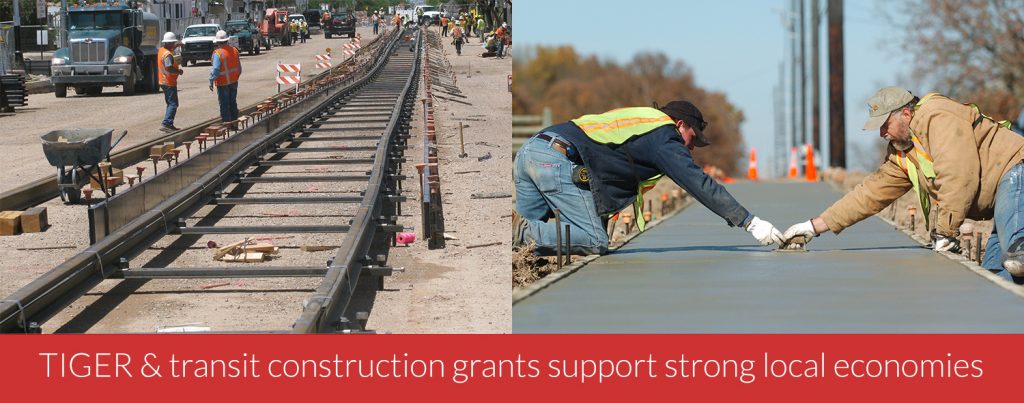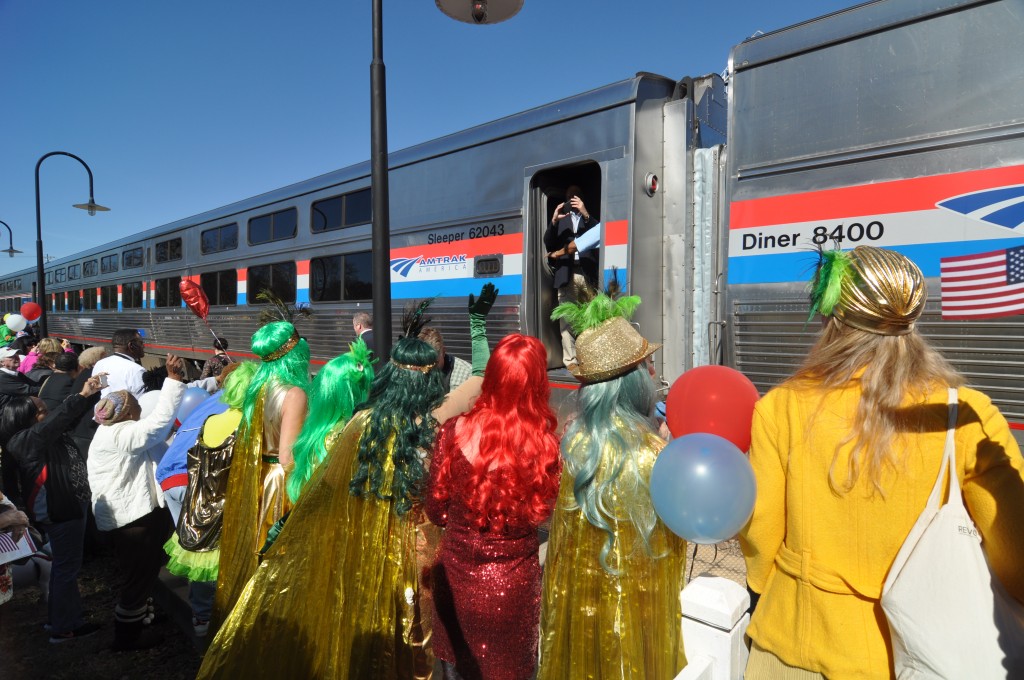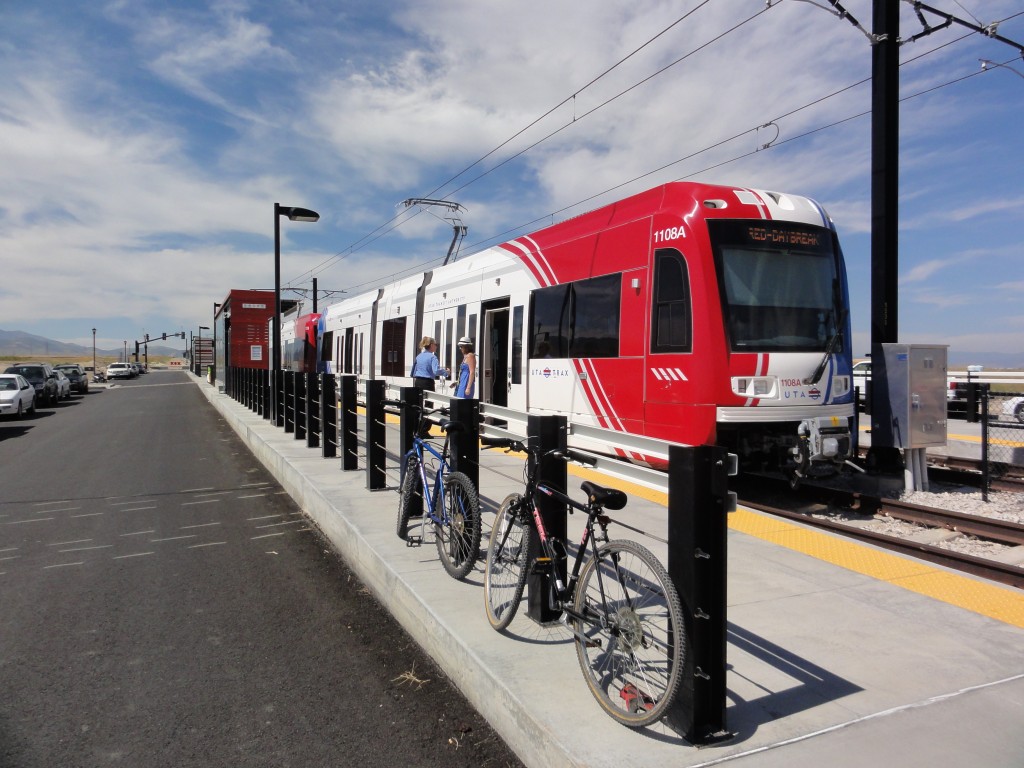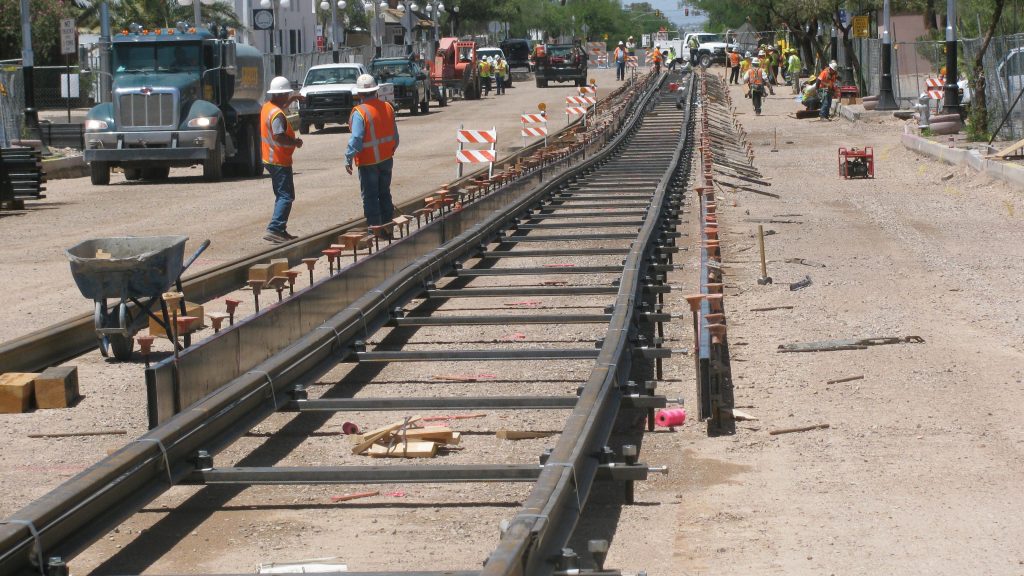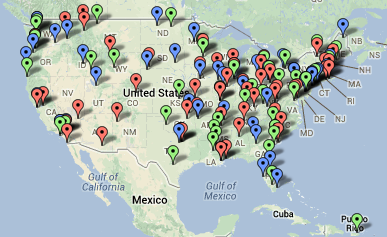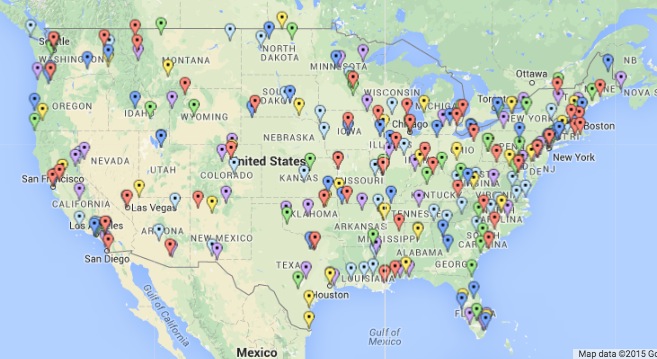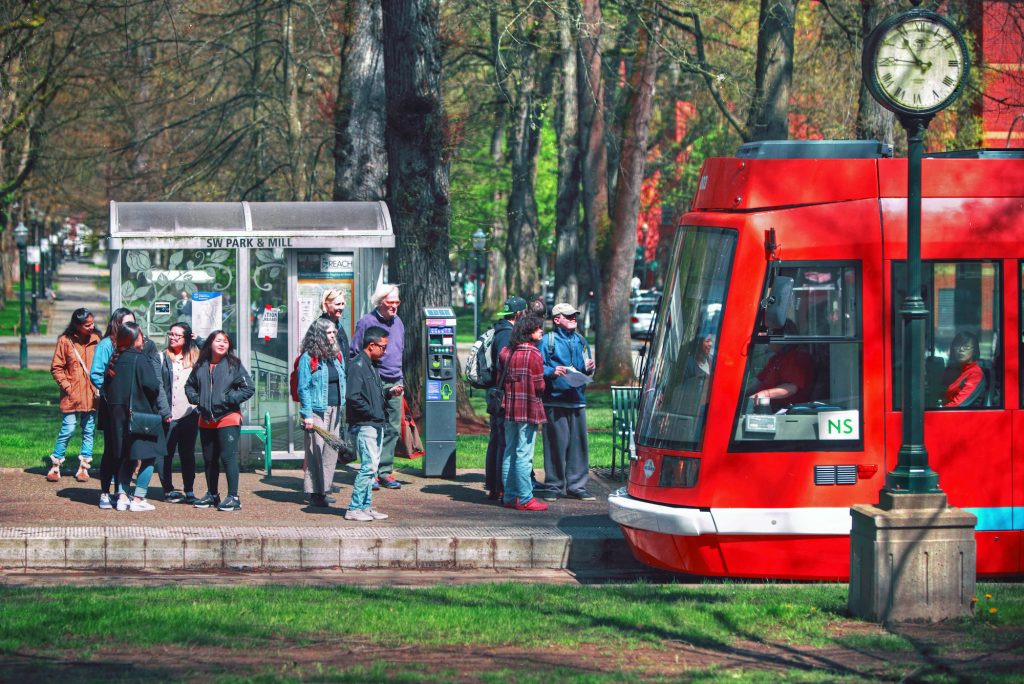
The 2018 fiscal year closed yesterday, wrapping up a year in which USDOT received more than $1.4 billion from Congress to invest in new transit construction and improvement projects across the country. With another infusion of cash for FY 2019 coming (eventually), it’s time for a look at how much USDOT still has on hand from 2018—as well as the unspent funds from FY 2017.
With fiscal 2018 now in the books and 2017 more than a year behind us, USDOT still has nearly $1.8 billion in unspent funds at their disposal from these two years for new transit. They’ve obligated a total of $532 million in 2017-2018 dollars to just eight transit projects, with just $100 million of that from FY 2018.

Perhaps one reason why USDOT has awarded so little of the funding from this year is because they still have almost half of the $925 million that Congress gave them back in May 2017. That fiscal year now closed more than a year ago.
USDOT’s bank account is actually about to get even bigger.
While the 2019 budget is still awaiting final action by Congress, the relevant committees from both chambers have already approved their 2019 budgets for transportation (and housing) programs. And as it stands now, both the House and Senate would infuse the transit capital program with more than $2.5 billion. While about half of that money would be for advancing ongoing multi-year transit projects that USDOT already approved, approximately $1.5 billion would be intended to advance new projects in the pipeline that are expecting to sign agreements with USDOT sometime in 2019 or beyond.
Before the end of the calendar year, without advancing any big-ticket transit projects, USDOT could have more than $3 billion on hand to obligate to transit projects.
If this budget is approved by Congress, it will mark the third straight time that they’ve rejected USDOT’s preference to receive zero dollars to advance new transit projects. Remember, this was their request for the 2019 budget (emphasis ours):
The FY 2019 [budget] proposal limits funding for the CIG Program to projects with existing full funding grant agreements. For the remaining projects in the CIG program, FTA is not requesting or recommending funding. Future investments in new transit projects would be funded by the localities that use and benefit from these localized projects.
To hear FTA tell it, they’re wondering what the big fuss is all about. Last week the FTA’s Acting Administrator Jane Williams spoke to the American Public Transportation Association at their annual conference. During her remarks, she expressed surprise at all the hand-wringing about FTA’s signature transit program:
Unfortunately, the administration’s efforts to support our nation’s infrastructure are many times overlooked by the focus on the Capital Investment Grants (CIG) Program. I know a lot of you in the room have very strong opinions about this administration’s approach toward the CIG program. Even though this program represents less than 20 percent of FTA’s budget, it seems to occupy 80 percent of the attention.
A huge share of FTA’s funds are distributed via formulas—FTA has no discretion to turn off that faucet even if they wanted to. So yes, the public is very interested in the single biggest available federal funding stream to pair with billions raised by local taxpayers to advance new transit projects across the country. Leaders in places like Atlanta might understandably be wondering about the future of their ambitious $2.5 billion transit plan that hinges on receiving funding from a program that USDOT would prefer Congress wind down.
Hmm…have Atlanta transit and elected leaders realized that this USDOT currently wants to wind down the very program they’re counting on to pay for a big share of these projects? https://t.co/2IfixjXgEy pic.twitter.com/qf9lBVayRv
— Transport. 4 America (@T4America) October 1, 2018
Further on in her remarks, Acting Administrator Williams claims credit for projects that they actually haven’t funded yet:
In fact, in just the last six weeks…
- Allocated $100 million in funding toward our planned multi-year FFGA for the Seattle Lynnwood Link Extension light rail line, and
- Allocated $99 million in funding toward our planned FFGA for the Santa Ana, California streetcar project.
USDOT has not yet signed funding agreements nor obligated any funds to the Lynnwood (WA) Link light rail project and the Orange County (CA) Streetcar. Claiming credit for “allocating” funding to them is like telling your kids that they need to write thank-you notes for the presents they might get for Christmas, if they’re good.
Congress isn’t likely to act on the 2019 budget before the November elections—the president signed a continuing resolution to fund the federal government through December 7—but when they do, they’ll be filling up the USDOT purse with yet more funding for transit. Stay tuned.




